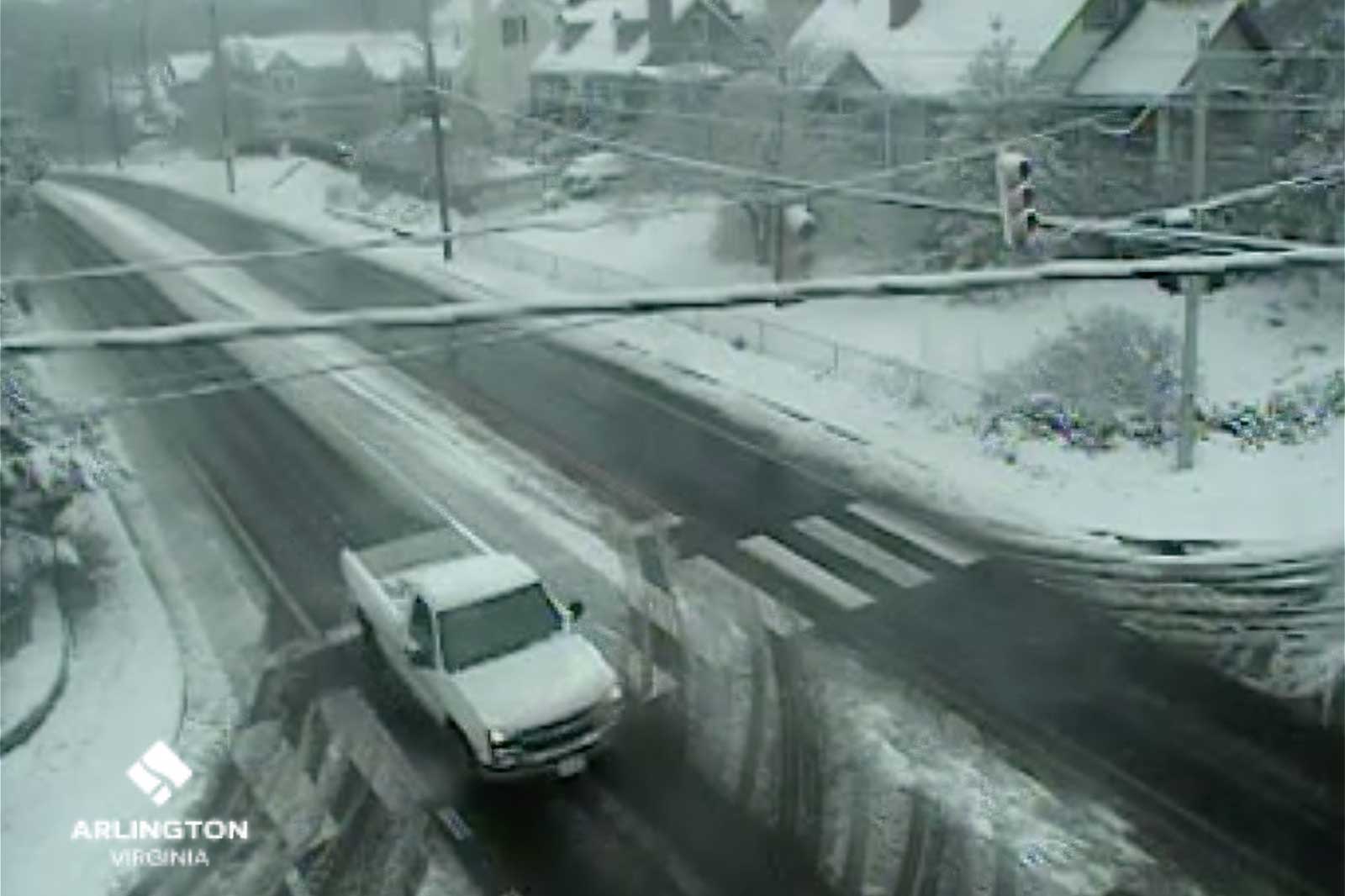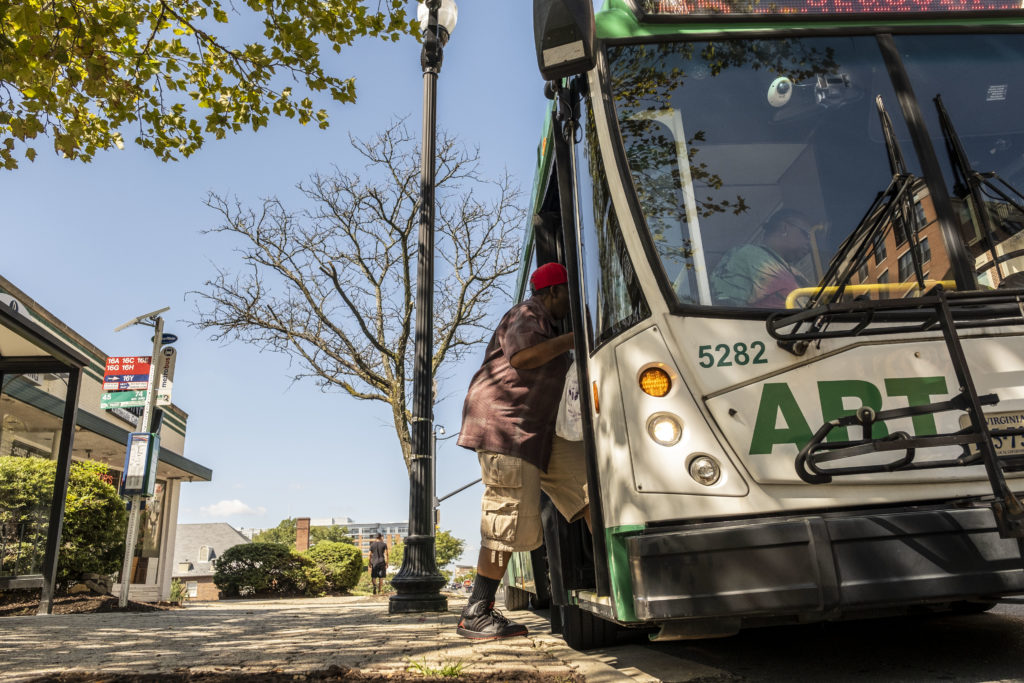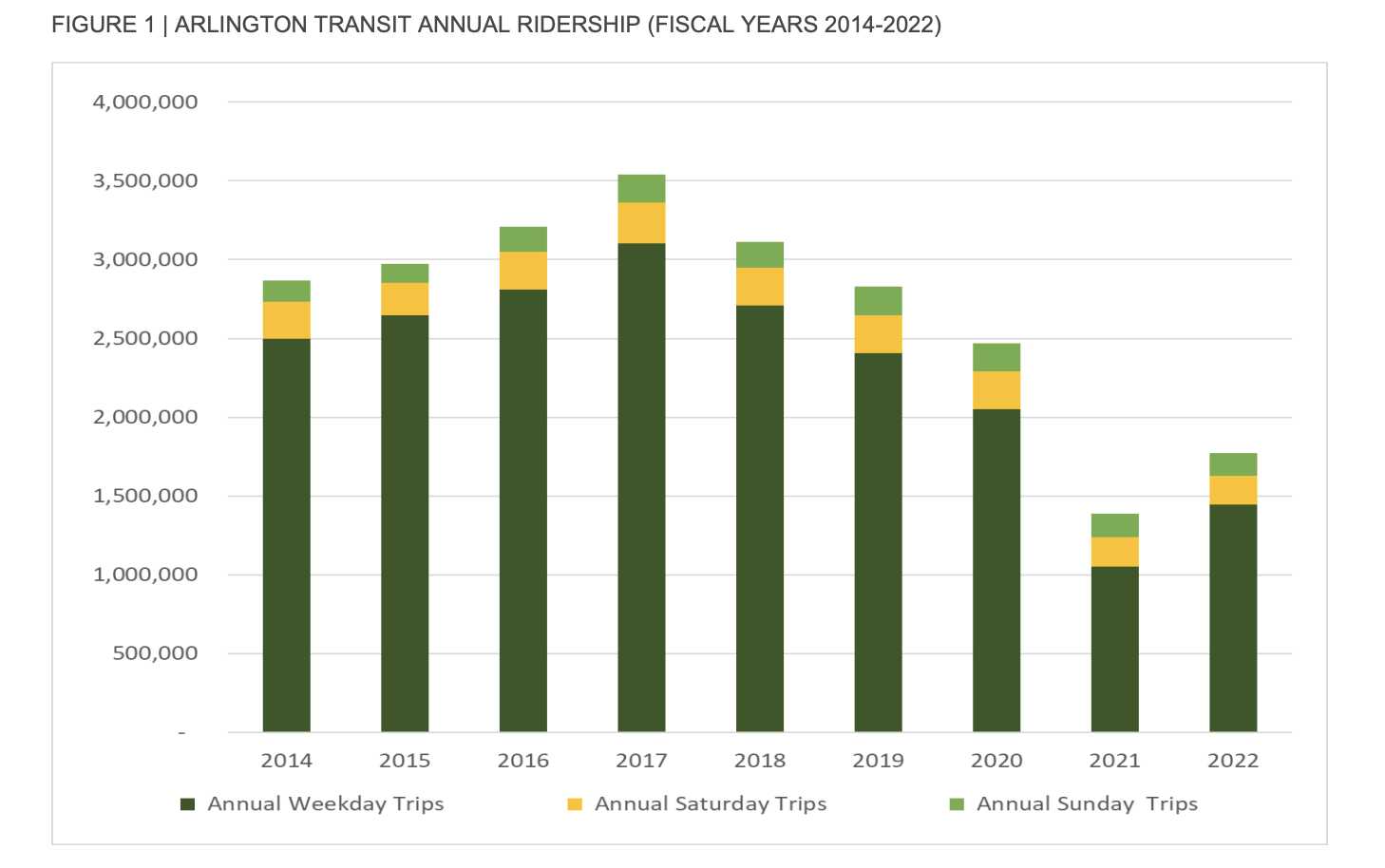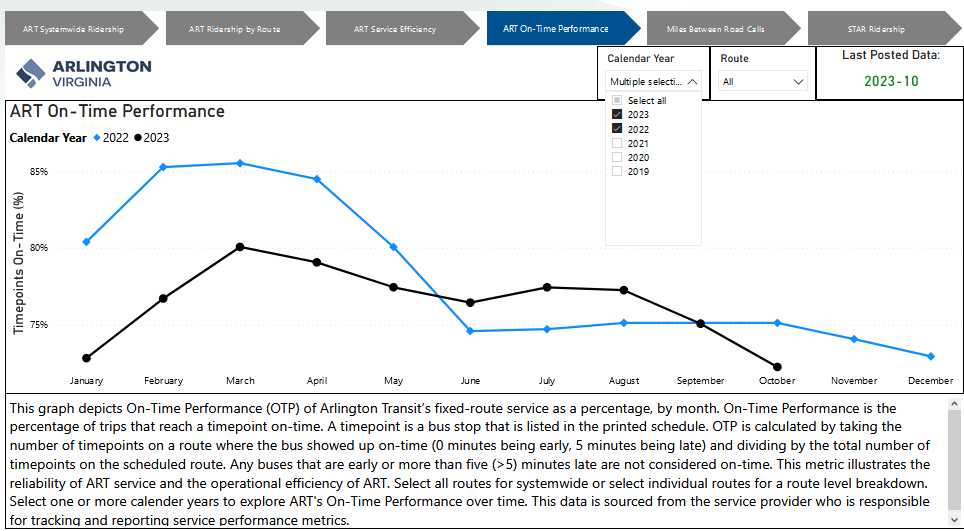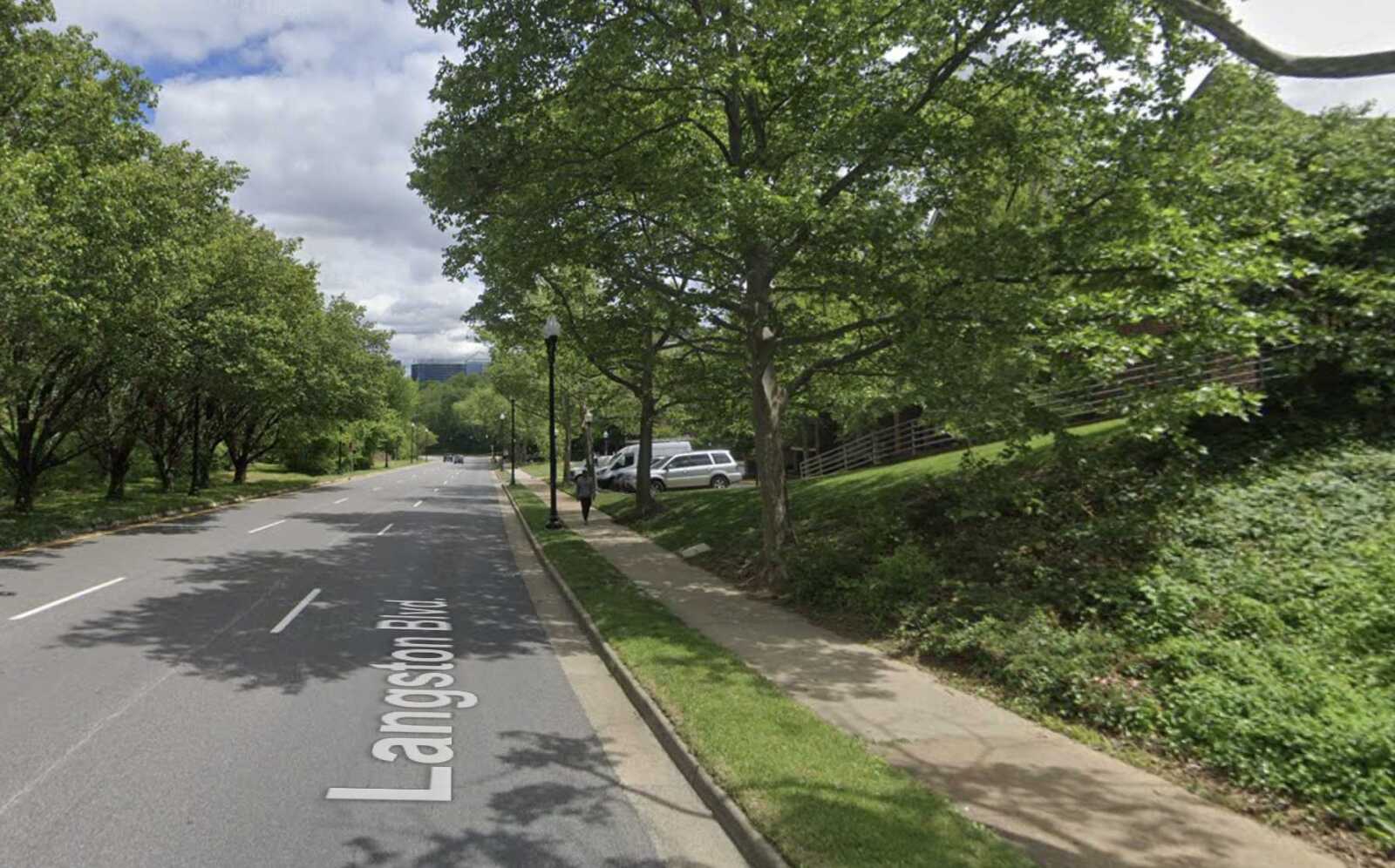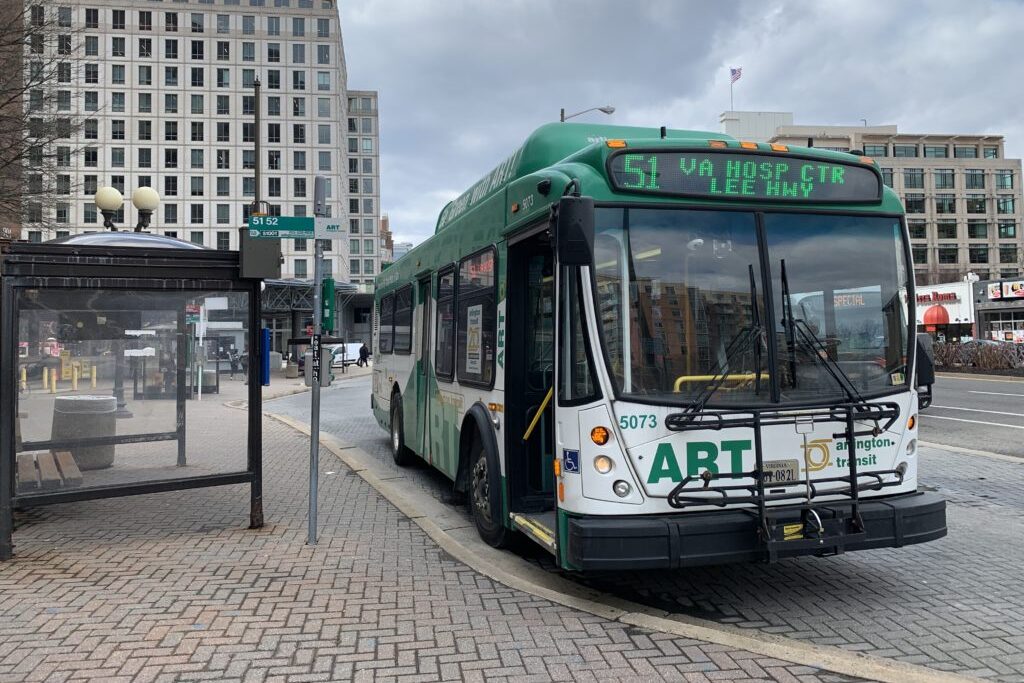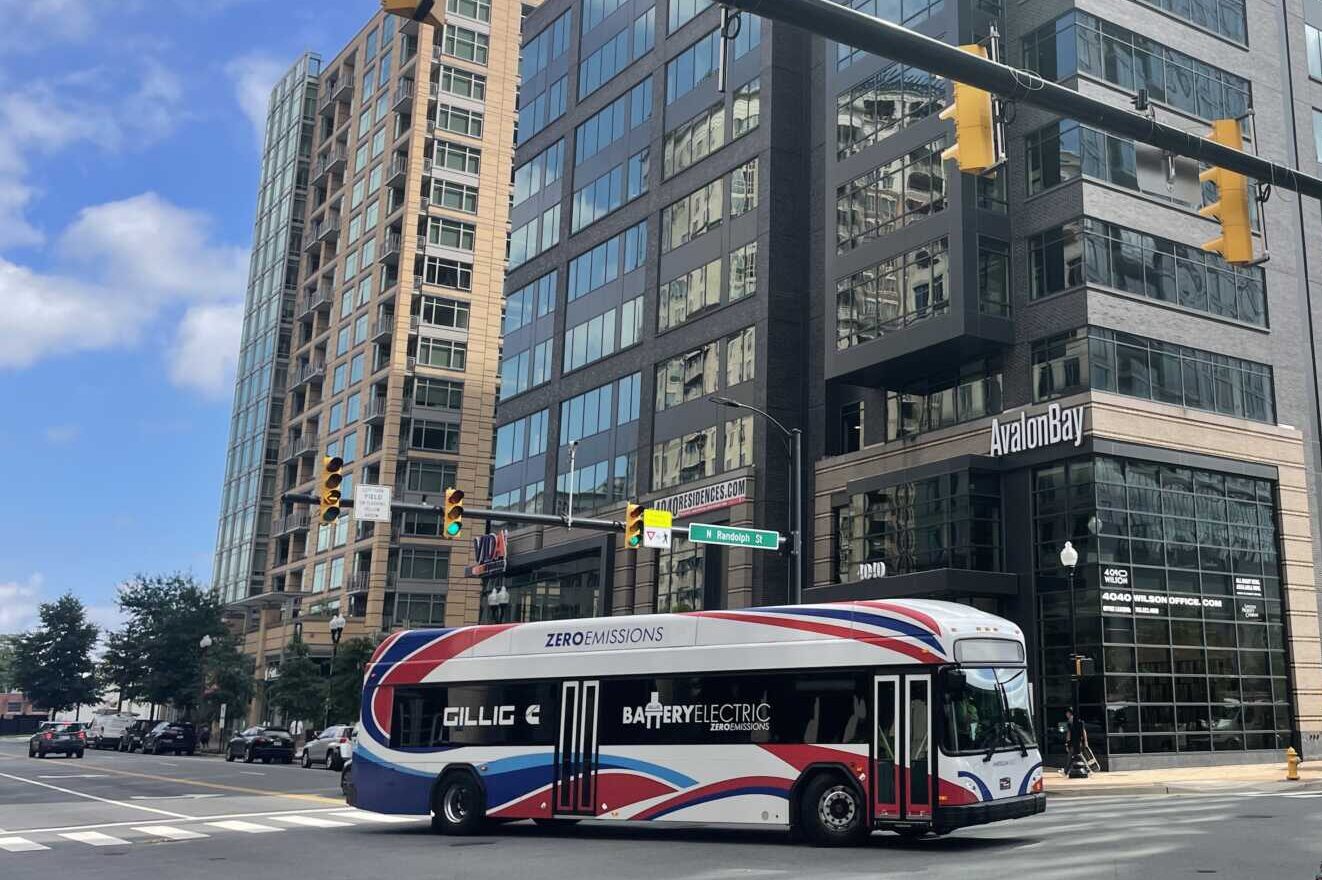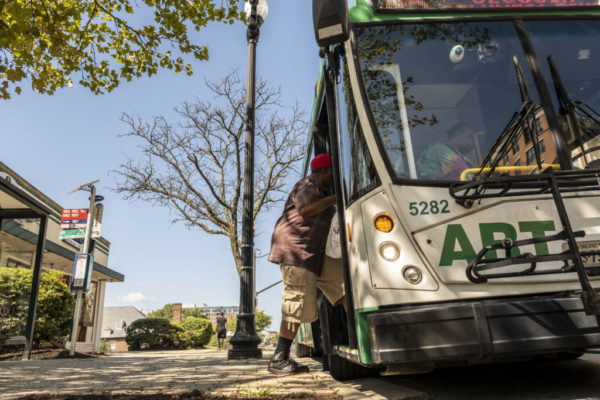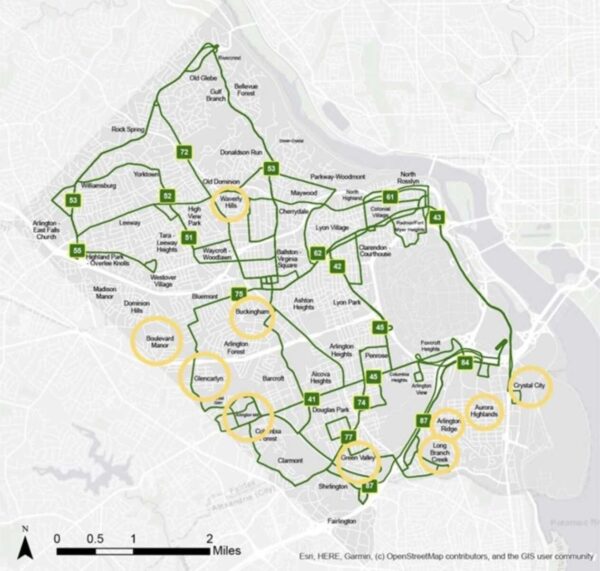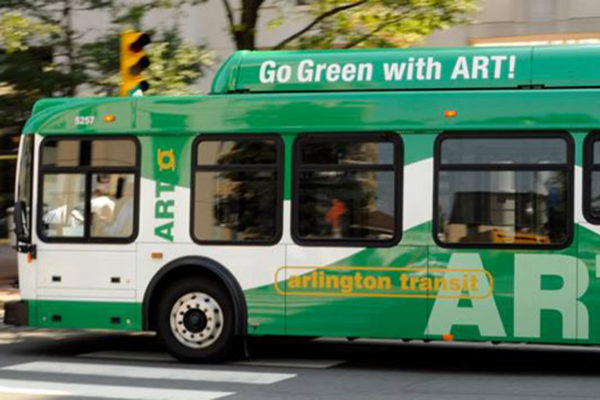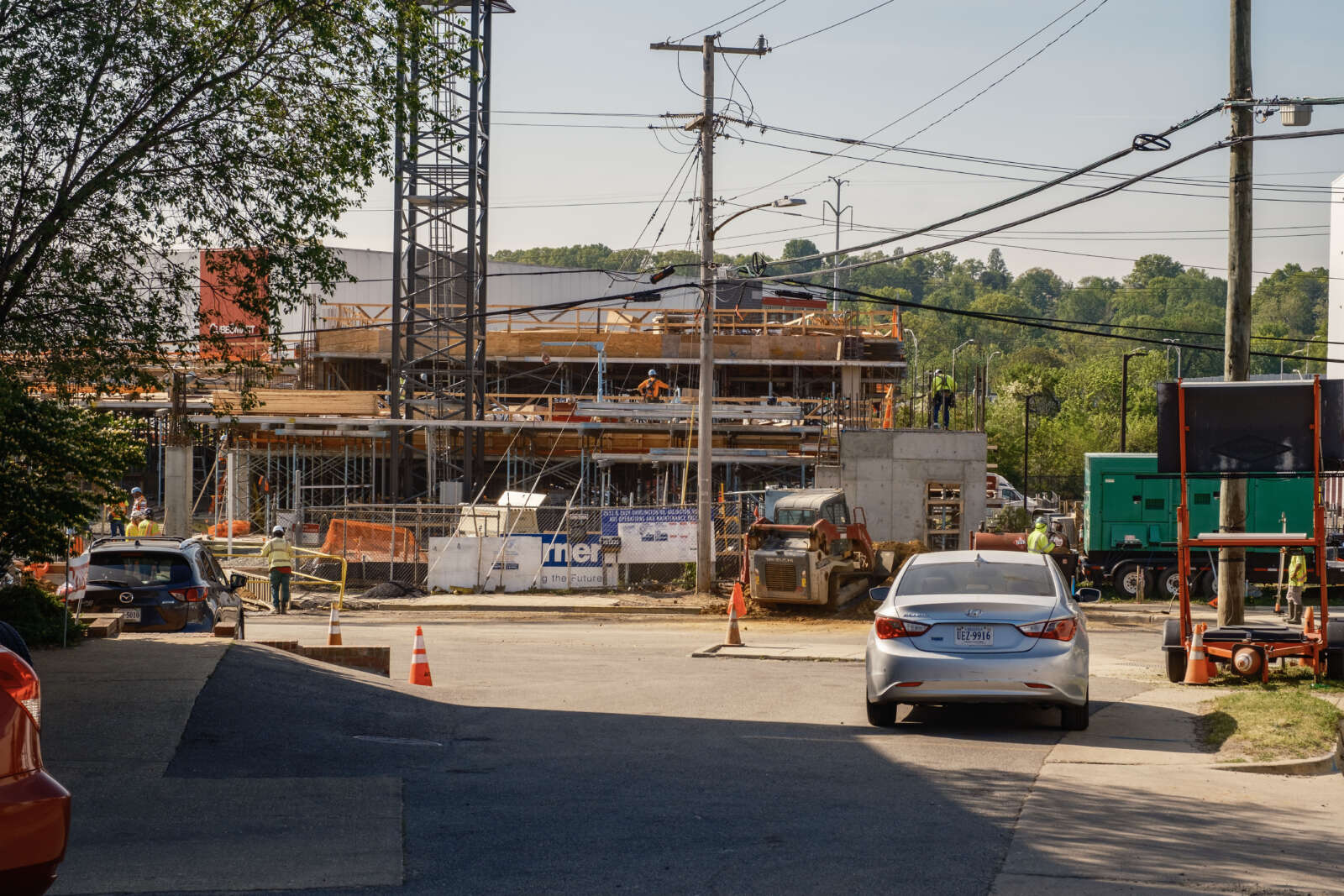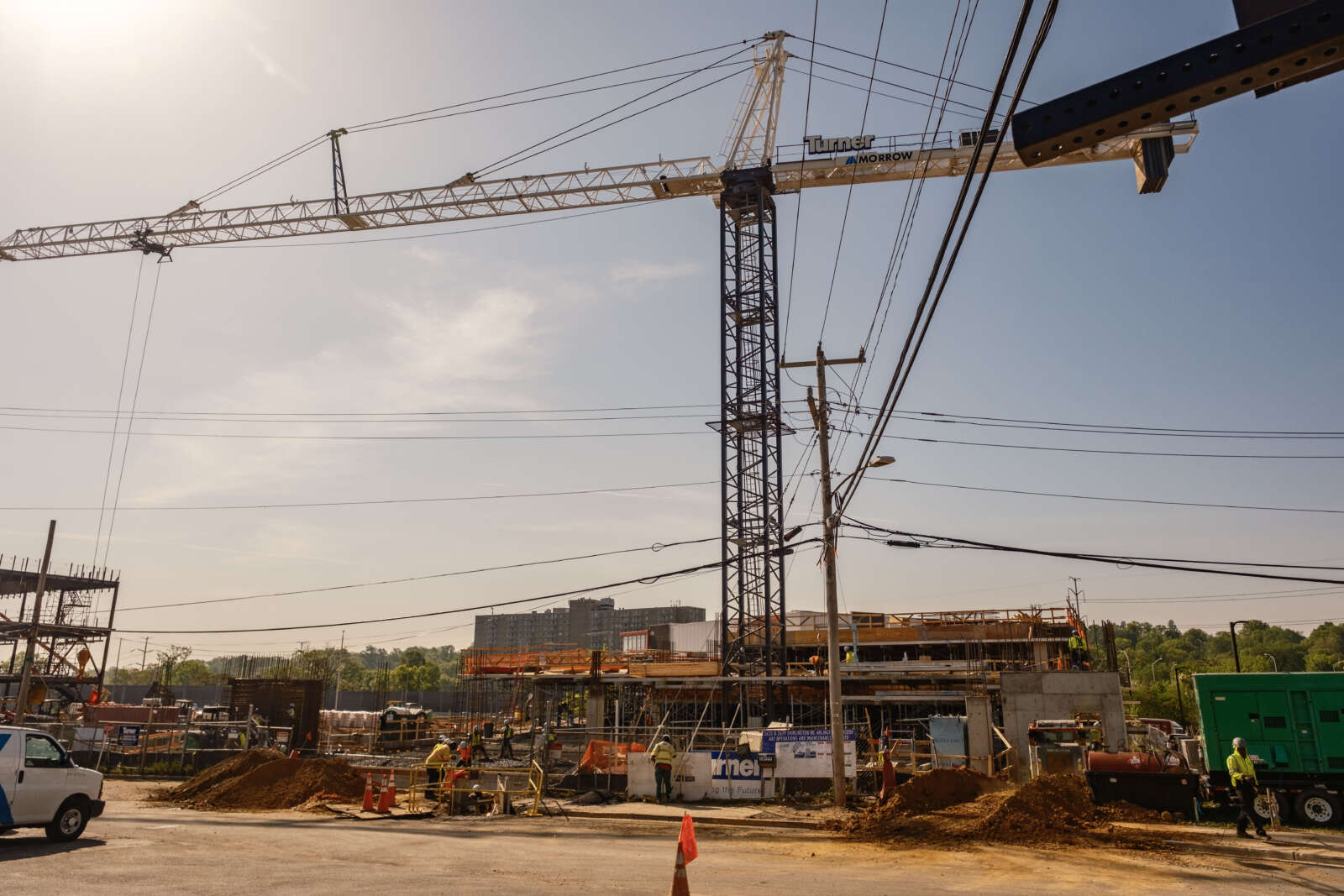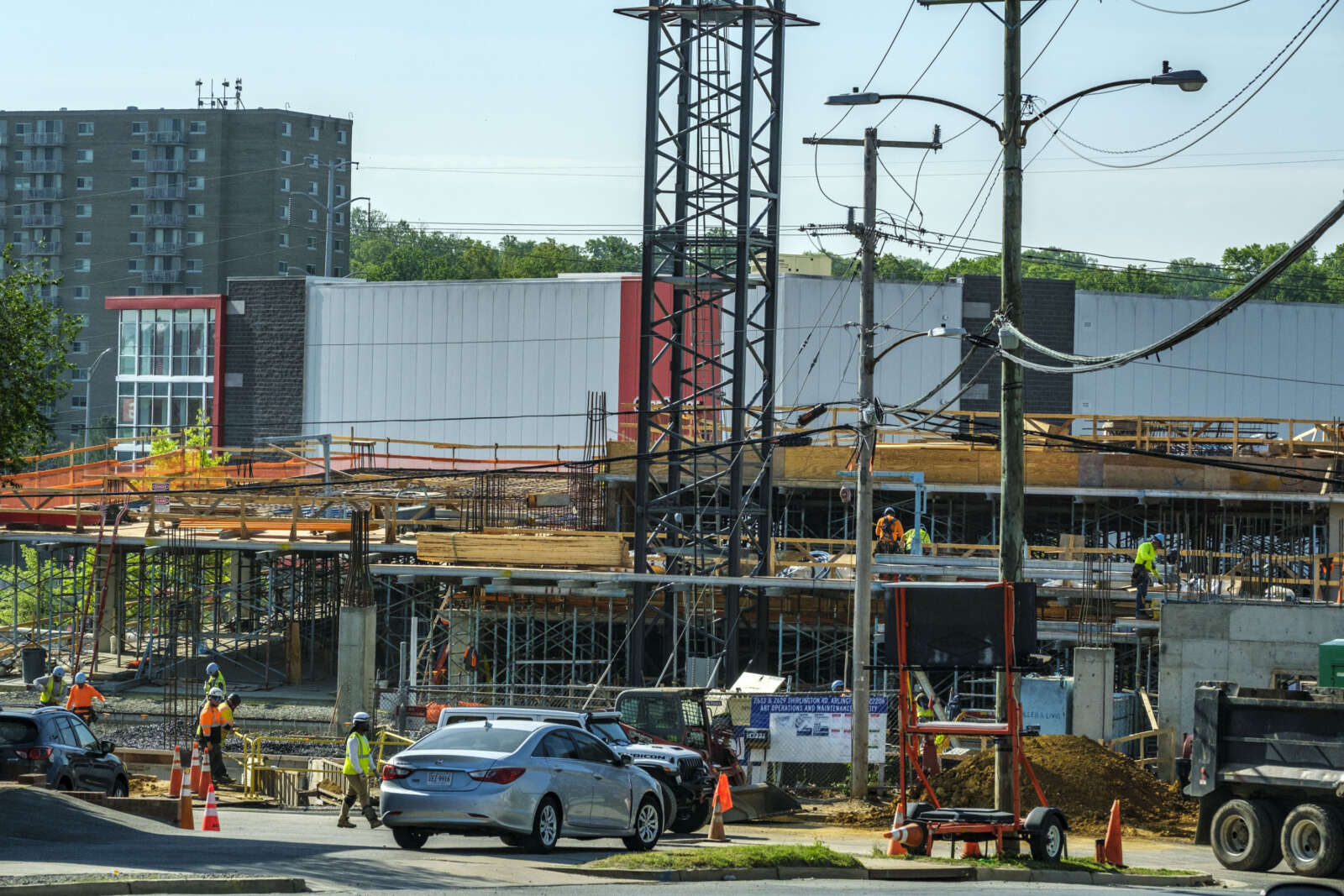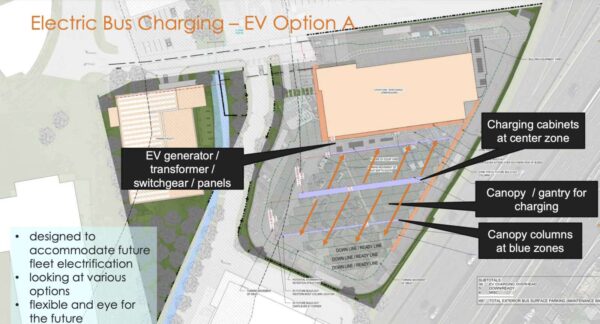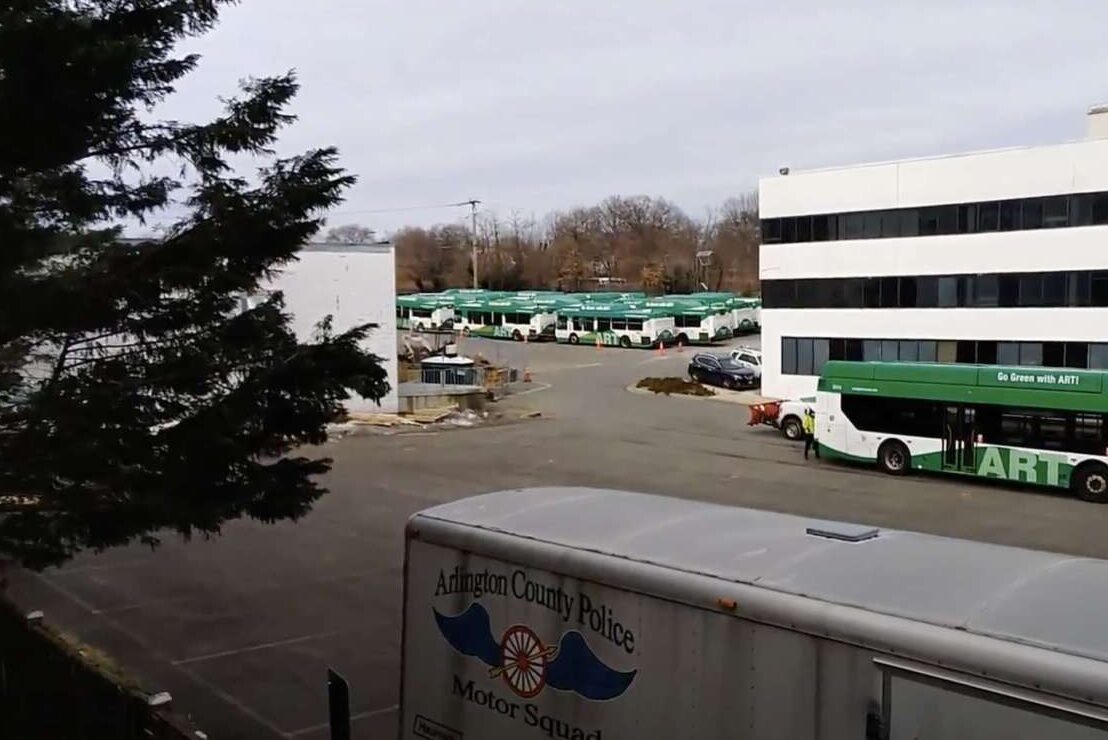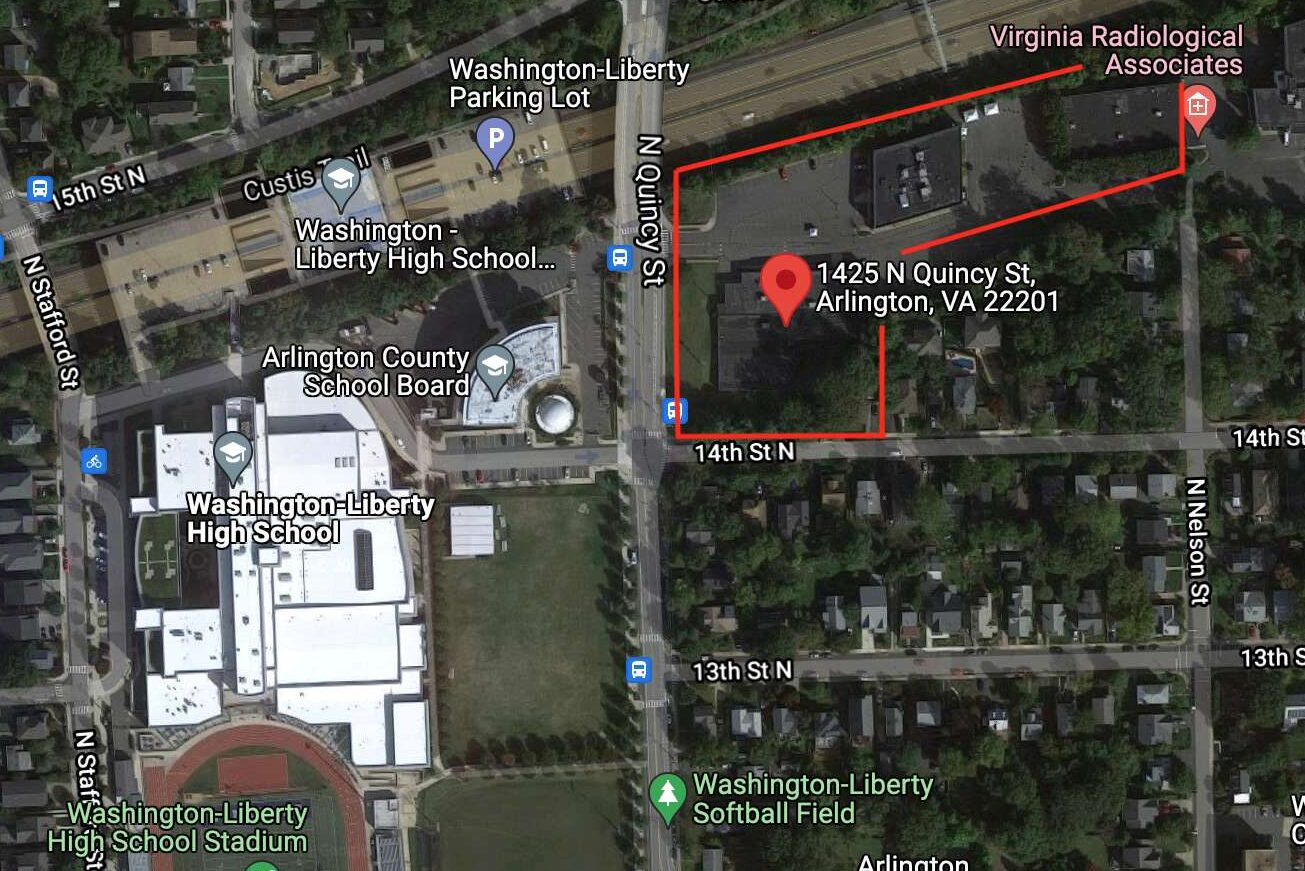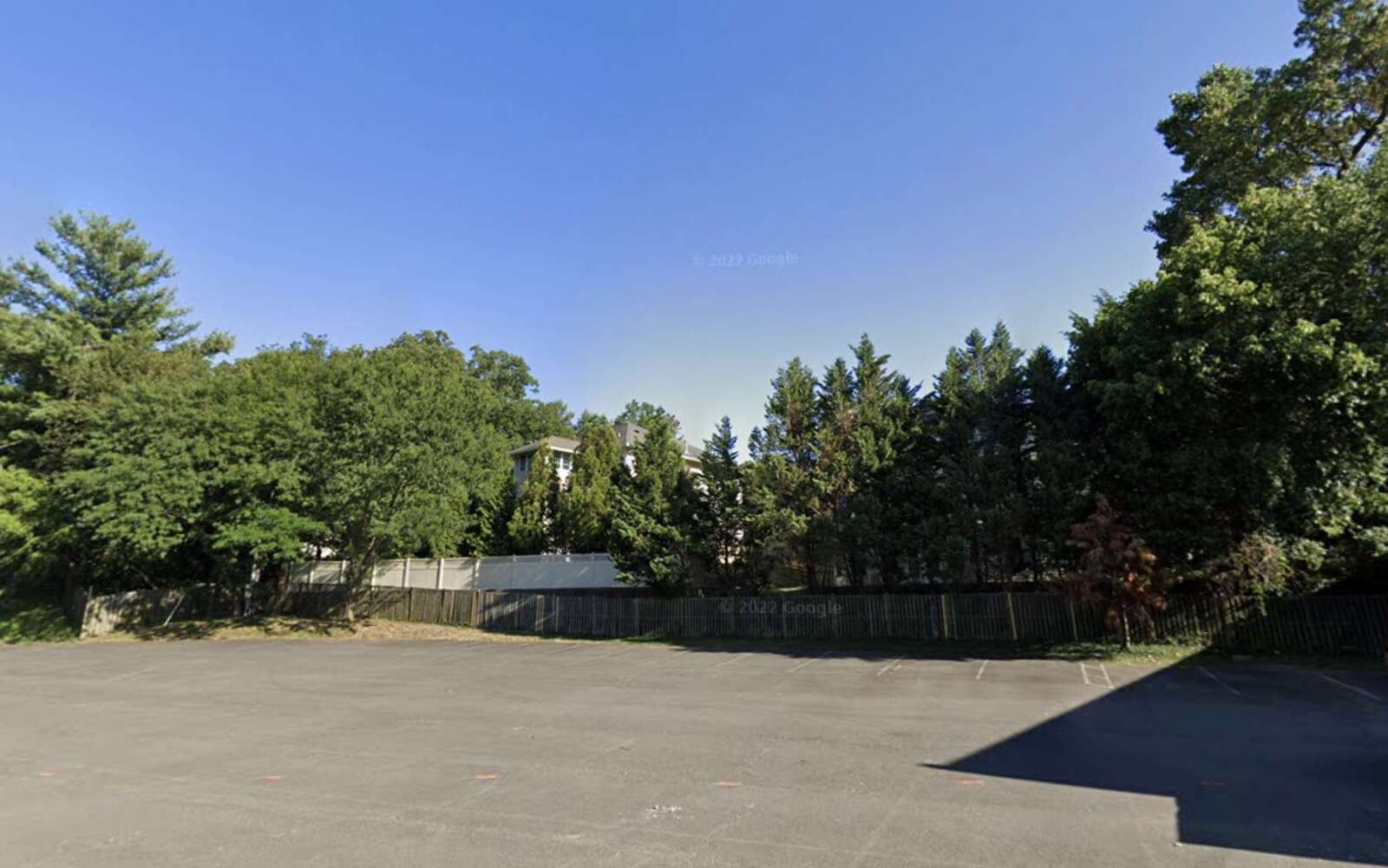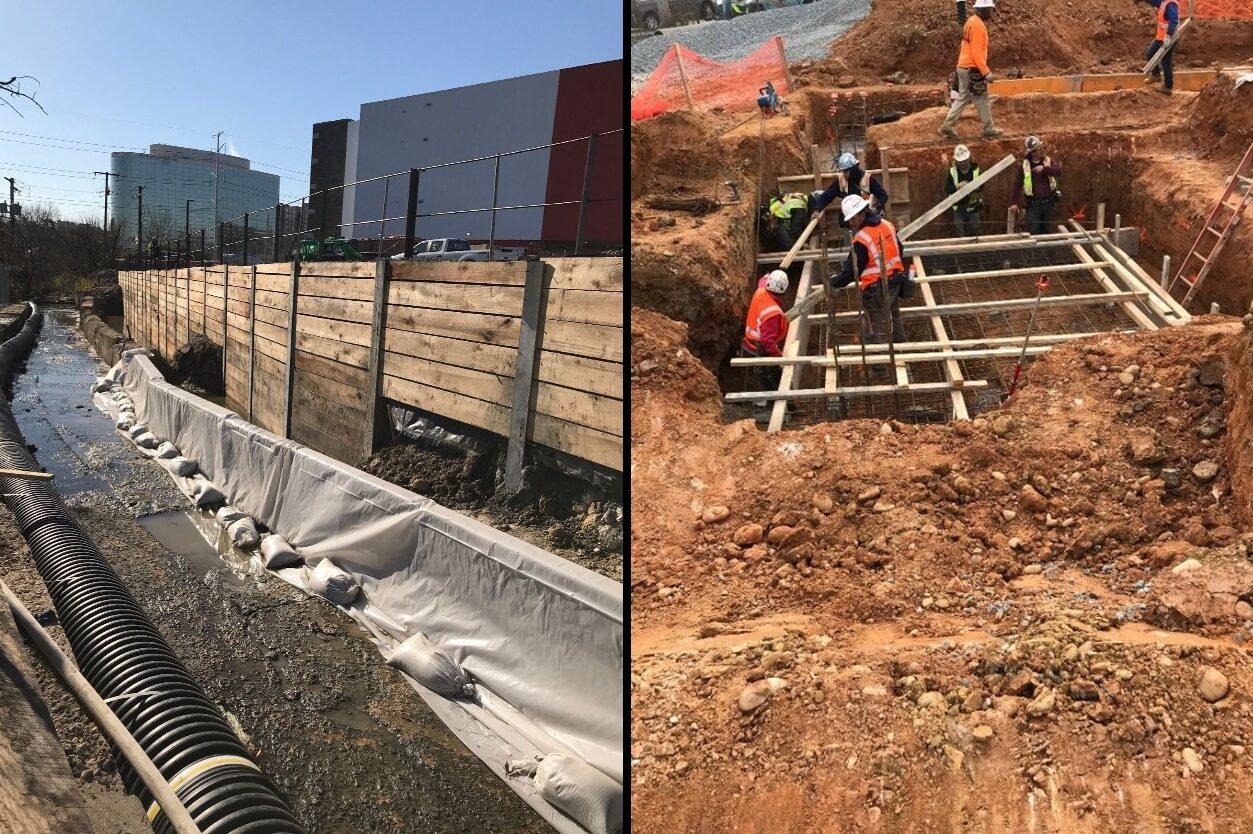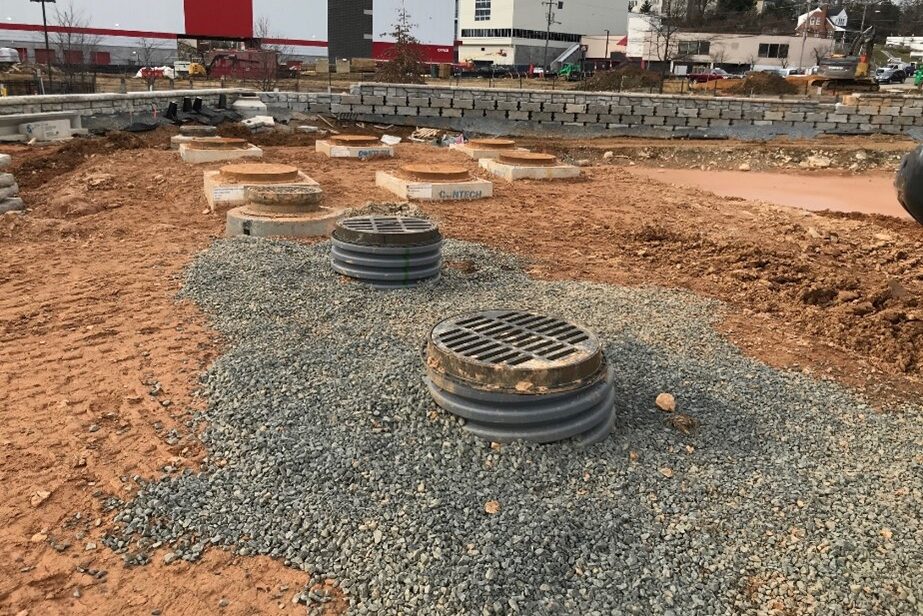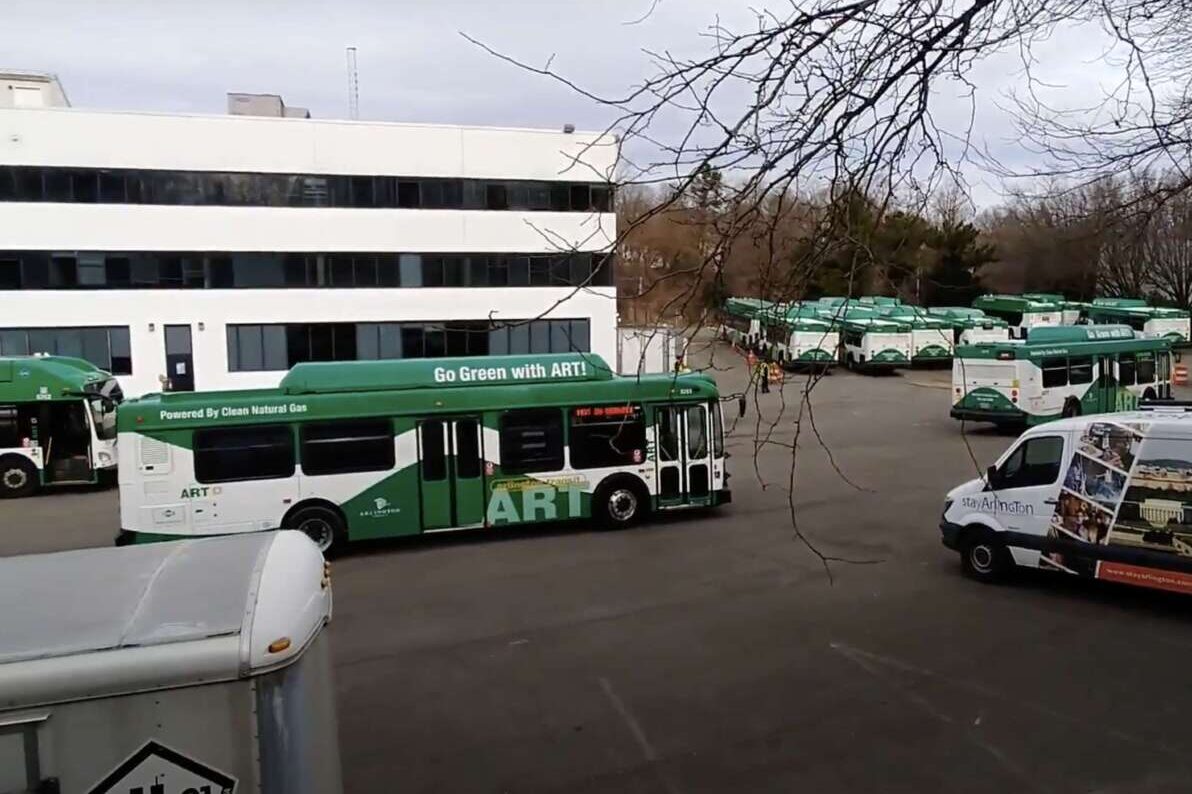
There is a new twist in the stand-off between Arlington County and neighbors over bus parking on a county site in North Arlington.
Arlington County recently dropped litigation against three neighbors and the Ballston-Virginia Square Civic Association, who tried to use the Board of Zoning Appeals process to block the county from parking 29 Arlington Transit (ART) buses on a county lot near Washington-Liberty High School.
The parking is a temporary arrangement while a new ART bus facility is built in Green Valley. The Arlington County Board allowed this when it approved a special exception use permit in the spring of 2022.
Nearly two years ago, the county zoning administrator determined the Dept. of Environmental Services could park the buses on the site — a requisite step for obtaining a use permit. One resident appealed the decision but a county staff member rejected it. A week later, the county sued him, his wife, a third resident and the Ballston-Virginia Square Civic Association, alleging he used the BZA process improperly to block the parking use.
The defendants say the county sued them preemptively and that the bus activity would seriously undercut their property values and quality of life.
“This could and should become a case study in how not to run a county government and then considering your role you and not considering your unique role as owners of the site and how your actions may affect neighbors,” said Maurya Meiers during public comment on Saturday, when the Arlington County Board reviewed the special exception permit for the site.
A BZA appeal had been filed on Meiers’ behalf two years ago and she is named in the lawsuit, per meeting materials and court documents.
Some residents came to the defense of their neighbors and their legal plight.
“It’s a SLAPP [Strategic Lawsuit Against Public Participation] suit: a use of superior resources to haul citizens into court wear them down and demoralize them, perhaps even beggar them lest they become too vociferous and their concerns about pollution, noise and other avoidable nuisances, such as those which this permit enables,” said neighbor Thomas Viles. “So far your lawsuit has accomplished nothing expensive as it was it proved insufficient to shut these voters up.”
Indeed, Arlington County says it dropped its suit because the BZA is now set to hear the appeal case built by neighbors who live in homes overlooking the parking lot. The hearing will determine whether the county zoning administrator acted properly or if her decision runs afoul of zoning ordinances, a site plan and a 1985 deed of covenant.
Viles says the BZA agreed to take up the appeal after hearing about the suit in ARLnow.
“When they did learn, however, the BZA repudiated [county government] for having kept them in the dark,” he said.
This fracas is obliquely referenced in a resolution the BZA passed last September, directing the zoning administrator to avoid this situation again by sharing all appeals with members regardless of their merit.
“The BZA has never authorized any person to decline to accept an appeal on the BZA’s behalf,” the resolution says. “County staff did not consult the entire membership of the BZA before declining to accept any appeals of a zoning administrator determination, nor did County staff inform the BZA of its communications and actions in regards to any appeals filed between March 7, 2022 and the date of the adoption of this resolution.”


